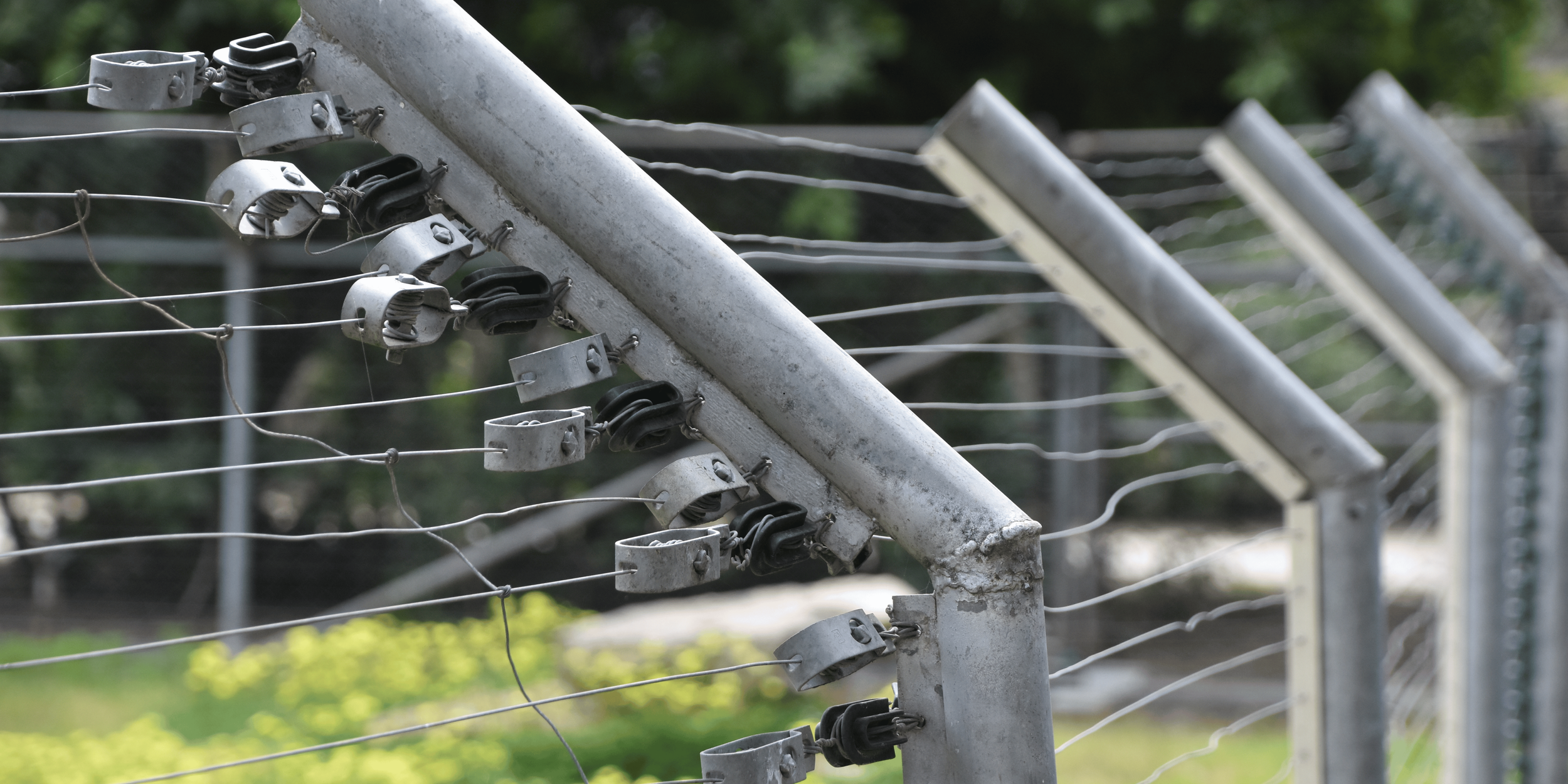Are Electric Fences Safe for Dogs?
Electric fences act as a barrier to ensure pets do not go beyond a certain limit without necessarily building a wall around the compound. However, the question in the minds of many --especially those who own dogs-- is: Are electric fences safe for dogs? This article will assess the basic safety concerns, advantages, and disadvantages of using electric fences for dogs so that you are well equipped with information to make the right decision.
Understanding Electric Fences
An electric fence usually comprises a control box, a periphery wire, ground stakes, and a collar which is worn around the pet’s neck. So when the dog goes near the allocated boundary, the collar gives a light electric shock to discourage the dog from further movement into the prohibited area.
Safety Considerations
The following factors should be considered to make sure that the system is utilized appropriately:
Proper Installation and Maintenance
1. Professional Installer: Given that the primary function of a fence is to manage access and serve as a protective barrier, it is advisable to have it installed by a professional. Additionally, it minimizes the potential dangers associated with electrical shocks from faulty wiring done by a do-it-yourselfer.
2. Maintenance: In order to prevent constant breakdowns, check the system for signs of wear and tear as well as wires and grounding rods.
Training and Supervision
1. Gradual Training: Like with any other training, introducing your dog to the electric fence must be done slowly. Initially, allow them to step on the boundary under supervision to feel the shock’s effect.
2. Positive Discipline: Ensure to practice positive discipline methods of guiding the dog and rewarding the dog when he/she complies and remains within the perimeters set.
Choosing the Right Collar
1. Collar Settings: Adjust the collar so that the shock delivered is moderate in intensity and safe for the dog. Most electric collars come with buttons that allow the settings to be adjusted.
2. Fit and Comfort: A collar should be put snugly (but not too tight) around the neck of a dog. A collar that is not properly fitted will be uncomfortable and can potentially cause problems.
Benefits of Electric Fences for Dogs
There are certain benefits of electric fences that make it a suitable option:
Encourages Freedom and Exercise
Electric fences enable dogs to move around within the compound where they can play or venture out on their own. This freedom can lead to a healthier and happier pet.
Cost-Effective and Flexible
Electric fences are often more affordable than traditional fencing. They are easily adaptable to boundaries and can be made to take any form that one wants.
Deterrent for Digging and Barking
Many dogs tend to exhibit certain negative behaviors, such as digging or barking, especially when they find themselves in confinement. Using an electric fence to prevent any attempt to escape the designated cage is the best method of managing these behaviors.
Potential Risks and Mitigation
Electric fences can be used safely and effectively for containing dogs but some precautions must be followed:
Shock Intensity
Several factors can influence the impact of shock, including weather conditions and the size of the dog. Make sure the collar offers various intensity levels and to pay attention to how your dog responds to the stimulation.
Collar Malfunctions
Check the collar’s status to ensure it works properly, and replace it, if needed, from time to time.
Legal and Other Considerations
It is best for anyone seeking to install an electric fence to consider legal and ethical issues before undertaking this activity.
Local Regulations
Check the relevant statutes and regulations in your state regarding the use of electric fences. Numerous locations could have specific requirements or restrictions that are relevant to the region.
Other Concerns
While many view electric fences as a humane way to contain pets, others believe it could lead to stress or anxiety in dogs. This may also depend on your breed of dog.
Key Takeaways
For optimal performance, it's important to have the chosen system installed by a qualified professional. Additionally, regular maintenance is crucial to ensure the system operates efficiently over time.
Training and Supervision: Train your dog while incorporating positive reinforcement to help him or her understand the established rules.
Right Collar Type: Select a collar type that offers comfort and the flexibility of different electric pulse levels.
Keep an Eye Out and Adjust: Regularly monitoring the system and the dog's reactions to ensure safety.
Ultimately, employing electric fences represents a modern solution for keeping pets contained. Electric fencing is indeed safe, provided that safety measures are strictly adhered to and that users are well-informed about the proper methods of utilizing the fence.

